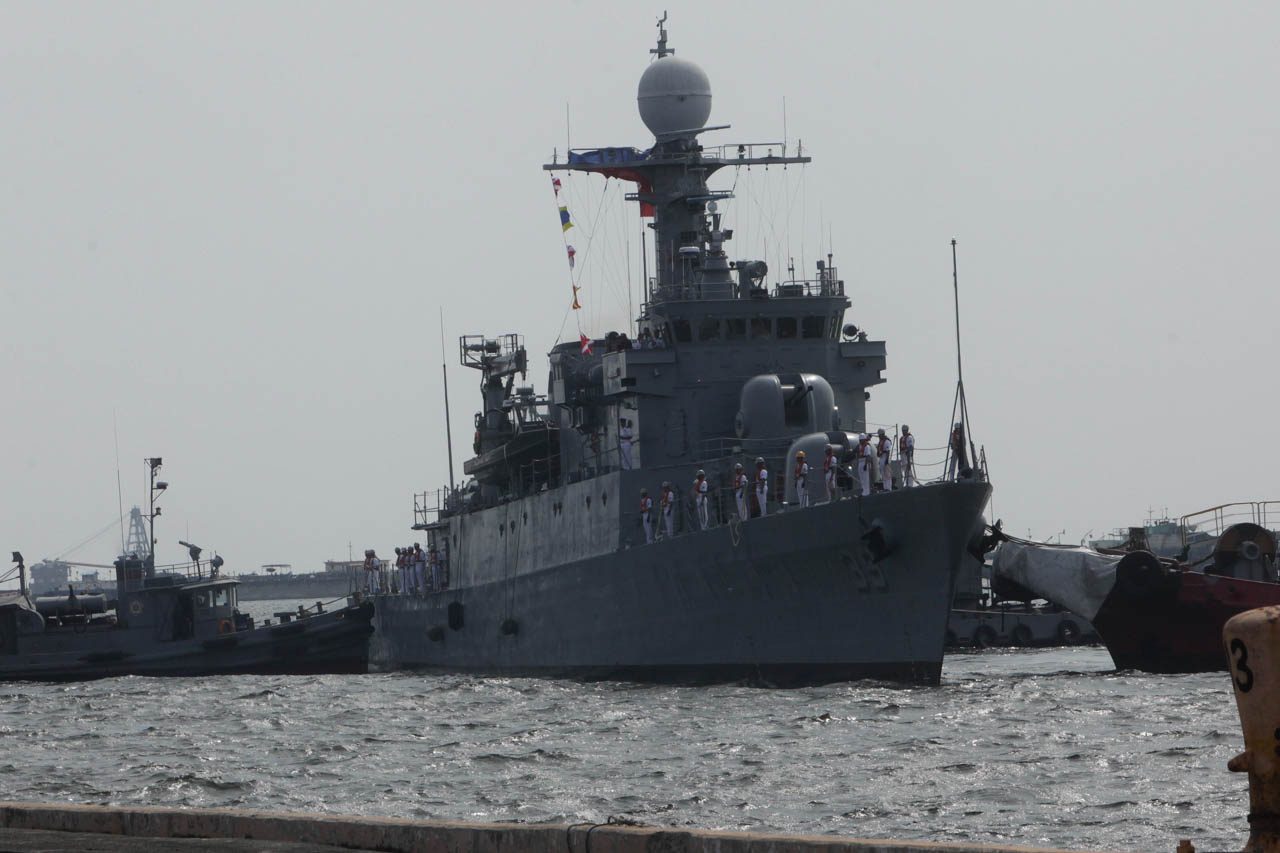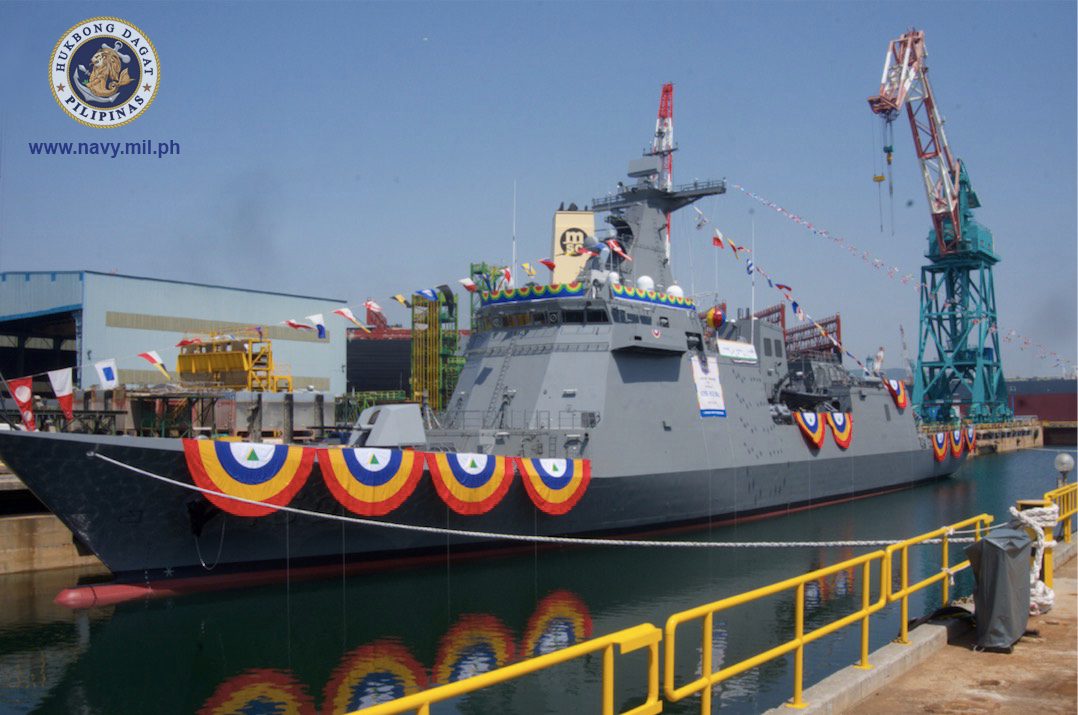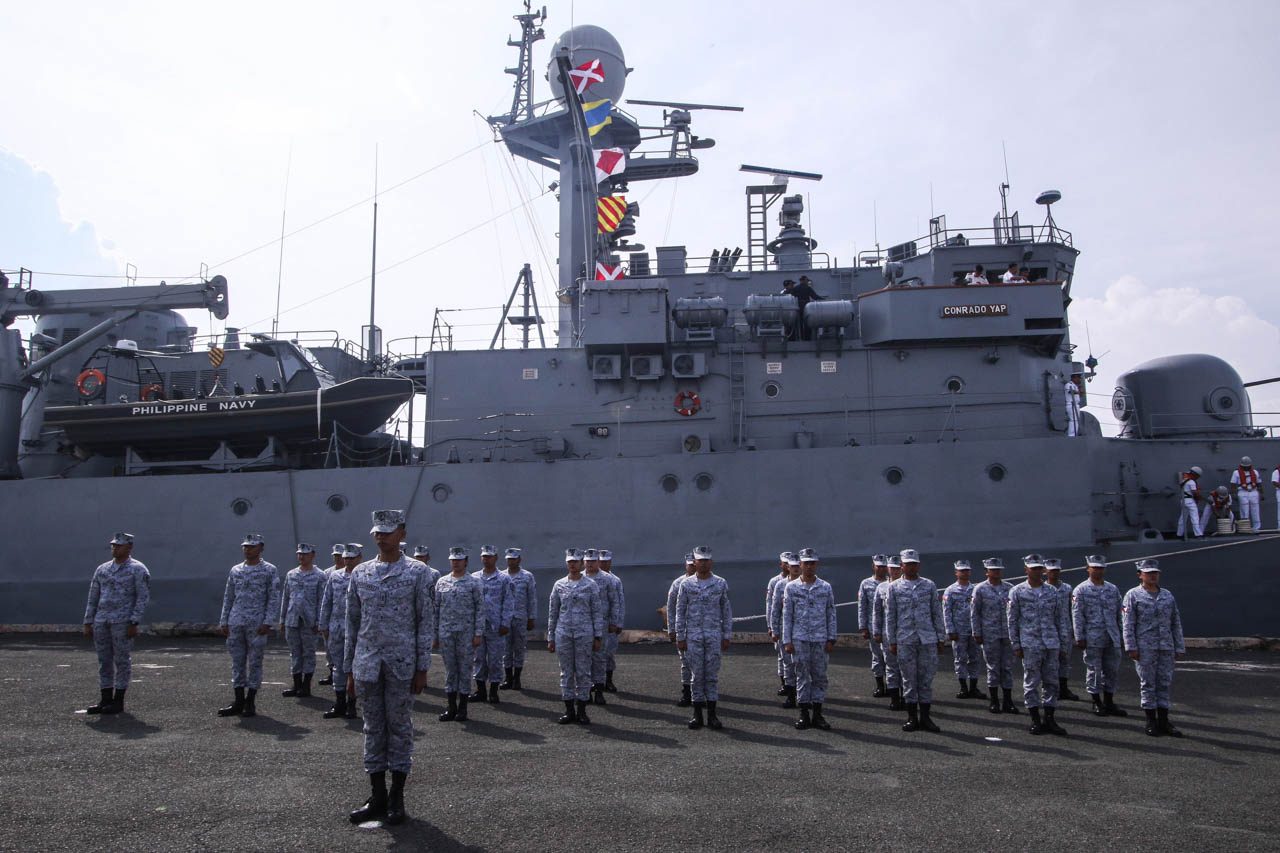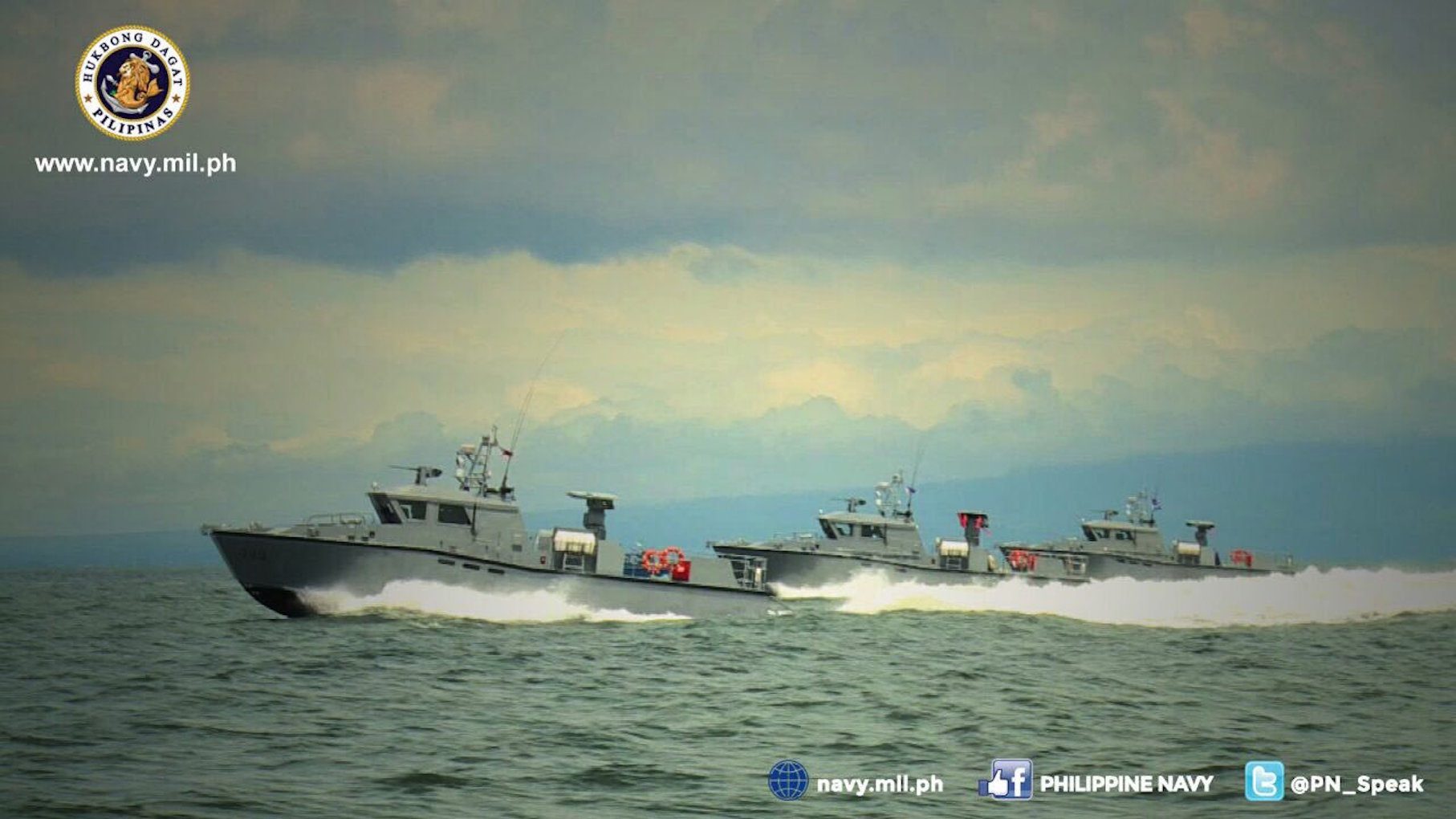SUMMARY
This is AI generated summarization, which may have errors. For context, always refer to the full article.

MANILA, Philippines – Faced with two external threats involving its maritime borders, the Philippines continues to be one of the most under-equipped navies in the Asia-Pacific region.
The process of changing that – though slow – has begun.
The Philippine Navy is now the priority in the second phase of the military’s modernization program, as it prepares to acquire new vessels and retire very old ones in its fleet.
For instance, the BRP Sultan Kudarat (PS-22), formerly the USS Crestview, was decommissioned on July 5. The BRP Rajah Humabon (PS-11), which used to be the USS Atherton, was retired in March 2018. Both ships began their service with the US Navy in 1943.
There are at least 4 World-War-II-era “legacy” vessels still in its fleet.
But defense officials have been pressing to fast-track the navy’s buildup given the major external threats that the Philippines faces today. One is the threat from Chinese vessels criss-crossing its territorial waters and exclusive economic zone, or the West Philippine Sea. The other is the entry of foreign terrorists and bandits in the Sulu Sea.
“Currently, we have very small capability to react to these intrusions,” Defense Secretary Delfin Lorenzana told Congress during a recent hearing on its proposed budget of P258 billion for 2020, of which P25 billion is allocated for the acquisition of new military assets.
The Armed Forces of the Philippines (AFP) is on “Horizon Two” of its Modernization Program, from 2018 to 2022, worth a total of P125 billion.
The Navy will be the priority during this period, and possibly until the third phase from 2023 to 2028. Navy Flag Officer-in-Command Vice Admiral Robert Empedrad said they will purchase 25 to 30 warships in the next 5 to 10 years.
Here is a list of warships and other vessels that the Navy is set to acquire:
Frigates
Frigates are medium-sized warships usually designed for a particular combat role, unlike destroyers, which tend to be larger and have multi-mission capability.
Two frigates are being built for the Navy by the South Korean shipbuilder Hyundai Heavy Industries (HHI). Once commissioned, they will be the country’s most powerful, first ever missile-capable warships.
The BRP Jose Rizal (FF-15) and the BRP Antonio Luna (FF-151) will be fitted with surface-to-air and surface-to-surface missiles, torpedoes, launchers, and weapon systems for 4-dimensional warfare, the Navy said.
Each frigate will be 107 meters long, with a speed of 25 knots, and will be capable of “sustained operational presence” or staying out at sea for a month straight.
The BRP Jose Rizal is expected to be delivered in April 2020, and the the BRP Antonio Luna in September 2020.

Corvettes
Corvettes are the smallest type of warship, a rank below frigates.
The Philippines recently received from South Korea the Pohang-class corvette BRP Conrado Yap (PS-39). Although it had already served the Republic of Korea Navy (ROKN) for nearly 3 decades as the ROKS Chungju, the refurbished corvette is currently the Philippines’ most powerful warship, with anti-air, anti-surface, and anti-submarine warfare capabilities.
Pending a formal contract, the government plans to acquire two brand new corvettes from HHI for about P30 billion, Lorenzana said on August 23.
If the plan pushes through, the two brand new corvettes, although smaller in size, will be “even more powerful” than the frigates BRP Jose Rizal and BRP Antonio Luna, said Empedrad.
To finance the acquisition, the Philippines plans to strike a government-to-government deal with South Korea.
Besides these, the Philippines may receive another two Pohang-class corvettes like the BRP Conrado Yap – not brand new, but hand-me-downs from ROKN.

Offshore patrol vessels (OPV)
Offshore patrol vessels are smaller than corvettes but large enough to still be classified as ships. OPVs are designed for coastal defense missions.
The Philippines has an agreement with the Australian government for the acquisition of 6 brand new OPVs worth a total of P30 billion.
The Australia-based shipbuilder Austal, which has a unit in Cebu, is poised to become the contractor for the project.
Empedrad said the 6 OPVs are expected to be delivered by 2022, before the end of the Duterte administration.
Meanwhile, the Philippine Coast Guard – currently a civilian organization administered by the Department of Transportation – will receive its own OPV, the French-built BRP Gabriela Silang, in December 2019.
Fast Attack & Interdiction Craft – Missile Capable (FAIC-M)
As their name suggests, fast attack and interdiction craft-missile capable (FAIC-M) are small, fast-moving vessels armed with surface-to-surface missiles.
The Navy plans to acquire 8 FAIC-Ms, of which 4 will be built locally at the PN shipyard in Sangley Point, Cavite City.
The acquisition project is worth P10 billion.
The new FAIC-Ms will be deployed to sea lines of communication (SLOC) in the country, or busy sea lanes such as the Balabac, Basilan, Mindoro, and Sibutu straits.
Chinese warships have recently been spotted traversing Sibutu and Balabac straits unannounced, contrary to the common naval practice of informing a country’s government before any naval passage through its territorial waters. (READ: Why Coast Guard Base Sibutu matters)
Not that FAIC-Ms would be able to take on warships, but with a top speed of 33 knots and non-line-of-sight missiles with a range of 25 kilometers, they are designed to intercept common maritime threats like pirates and poachers.

Multi-purpose attack craft (MPAC)
Multi-purpose attack craft (MPAC) are a Philippine type of fast assault boats fitted with automated 50-caliber machine guns and, on some models, a missile system.
The Navy will commission 3 new MPACs this month, along with 4 amphibious assault vehicles (AAV).
The 3 new MPACs will add to another 3 commissioned earlier that have Spike Extended Range missiles capable of sinking ships 2 kilometers away.
The government plans to acquire a total of 30 missile-capable MPACs, each worth around P270 million.
Submarines
Submarines – vessels capable of going underwater – are also on the Navy’s wish list.
Empedrad said President Rodrigo Duterte has “approved in principle” a plan to acquire two submarines.
Lorenzana said one of those submarines may be acquired from France.
Empedrad estimates each submarine to be worth about P35 billion.
Although he welcomes the new additions to their fleet, the Navy still has “a long way to go” to match other Southeast Asian navies, Empedrad told reporters in an interview in late August.
But at least, the Philippines has started building a “credible naval defense posture” that should enable it to somehow stand up to intruders within its maritime territory. – Rappler.com
Add a comment
How does this make you feel?
There are no comments yet. Add your comment to start the conversation.